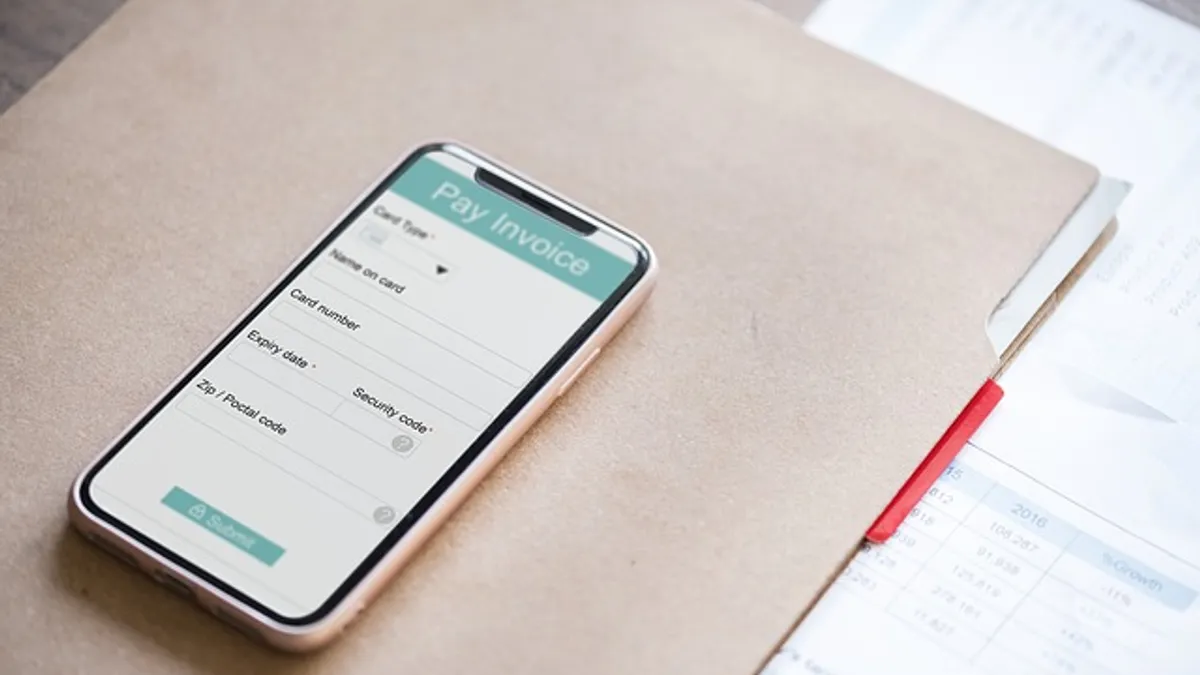We’re experiencing a rapid technological revolution to the way we move money in the 21st century.
As we grow more comfortable with these payment innovations in our personal lives, and more expectant of the benefits they provide, the corporate entities we comprise are starting to follow suit.
Global business-to-business (B2B) spending and processing costs continue to rise together, which has people pointing to accounts payable (AP) automation as an opportunity for companies to gain a competitive advantage by pulling their outdated, manual payment processing systems into the modern era. Not just for the sake of “getting with the times,” but for the financial and procedural efficiencies of offloading some of their most tedious tasks.
Impacts of payment automation on the construction industry
The construction industry has been one of the slowest to adopt automated AP solutions, which is perplexing considering it arguably stands to gain the most from them.
Vendor relationships and job progress are two of the most important aspects of the construction business, and manual, paper-based AP poses threats to both.
Routinely delivering labor and materials before receiving payment opens countless opportunities for money and documentation to slip through the cracks. Underbilling is an industry problem that impacts cash flow and profit, but it’s a symptom of a larger disease: lack of visibility.
Chasing down pieces of paper makes it challenging for companies to quickly and accurately calculate the percentage of a project they’ve completed and can bill for, but that process is much faster and better substantiated with the electronic data that automated systems provide.
On the other end of the spectrum, did you know Days Payable Outstanding for invoices in construction consistently runs 52 to 54 days? This is the longest B2B payment length of any market in the U.S., and on top of that, these late payments cost the industry $40 billion annually.
You want to maintain good relations with all your subcontractors and suppliers, and all your vendors want to get paid in a more timely and efficient fashion. Electronic payments can improve both in a more secure, cost effective manner. But if you are drowning in all manual, paper-based back-office processes, it will be difficult to reach that higher ground.
Two construction-specific questions to ask of an automation solution
It’s quite possible that an explanation of benefits isn’t the missing piece of the puzzle to help the construction industry make collective strides toward automating the AP process. Perhaps plenty of industry leaders are already aware and believe in the benefits but are too busy, or too overwhelmed by the unfamiliar territory, to figure out where to begin due diligence on specific solutions.
There are several key factors to consider when evaluating whether AP automation is right for your business, but here are a couple questions specific to the construction industry for you to keep in mind.
Does the solution accommodate for the variables in your AP processes?
Invoices aren’t all created equal, and construction invoices can have a lot of variables, including retainage, AIA Format, job cost codes, compliance documents, multiple layers of approvers and more.
Find a payment automation solution that recognizes the complexities of your processes and integrates with your accounting system. You’ll get your vendors paid faster and more accurately, ultimately saving your company money while improving relationships with some of your most important stakeholders.
Will this solution give you flexibility to pay your vendors the way they want to be paid?
Speaking of vendor relationships: These are important to you, so you can’t force them to receive a one-size-fits-all payment method just because you’re adopting a new solution to make your life easier.
While electronic payments offer better ways to generate additional revenue for your business, some vendors prefer paper checks. Pay your vendors in their preferred method of payment while also giving them the choice to receive their payment faster and with more visibility.
With the amount of time it already takes to manage your vendor database—keeping in compliance with insurance and other regulations — you probably can’t afford the extra time and effort required to enroll and maintain a preferred payment delivery system on your own. But you absolutely can find a payment partner who will facilitate and ensure vendor choice while helping you optimize your spend through electronic payment adoption at the same time. Not all solutions are the same, so as you’re evaluating, be sure to understand how they’ll help manage your database and allow vendors to receive their preferred payment method.
The choice is yours
With the right AP automation provider, you can seamlessly transition to more efficient processes that modernize your business. In no time, you’ll have streamlined your workflows across multiple projects, reduced processing costs and will have better control and visibility into spend.
To learn more about choosing the payments partner that’s right for you, visit www.avidxchange.com.
About the Author
Jim Campbell is the Vice President of Construction Sales at AvidXchange and a 40-year veteran of the construction industry. Jim began his career at Timberline Software Corporation in 1979. He completed his tenure there 26 years later as the Senior Vice President of Sales in 2005, two years after Timberline was acquired by Sage. Following that, he led CIS Consulting Group as their President for five years until they were acquired by Viewpoint Construction Software, where he became their Channel Sales Manager for North America. He has been leading the construction market for AvidXchange since 2016.










